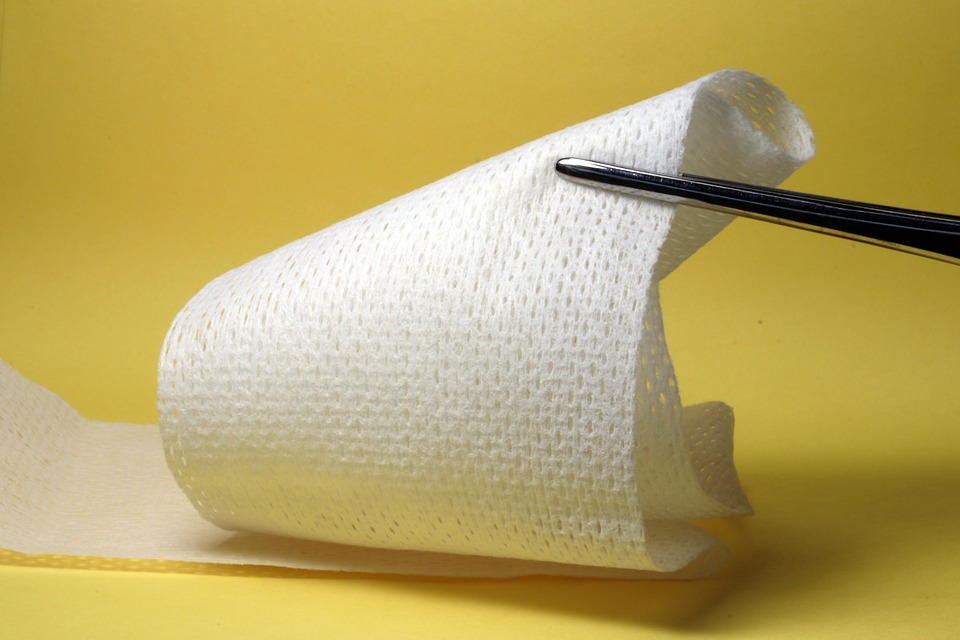A team of researchers at Texas A&M University created a nanomaterial-based bioabsorbable wound dressing that is reportedly more efficient in reducing the amount of blood loss than common chitosan.
To date, hemorrhage or uncontrolled bleeding is considered a leading cause of death in traumatic injuries. In the United States alone, blood loss ranks number four in the Health Department’s list of death causes.
According to the team’s paper published in the journal Nature Communications, their wound dressing was built on chitosan’s already proven blood-clotting properties. However, they boosted the said natural material’s effectiveness by taking its features to the nanoscale level.
The researchers were able to contain the highly entangled chitosan nanofibers within a sugar-based hydrogel that easily dissolves in less than a week. This provides larger wound-healing surfaces and eliminates the need to remove the dressing at the end of the treatment physically.
Nanomaterial-Based Bioabsorbable Wound Dressing
Eric Leonhardt, a Ph.D. student at Texas A&M who led the project, said:
“Bioabsorbable wound dressings that can be applied and left in the injury site are desirable for a variety of blood loss scenarios — for example, to control bleeding in traumatic injuries and to save lives on both civilian and military fronts.”
To create their wound dressing, the scientists first developed hydrogels from cyclodextrins, a family of non-toxic compounds capable of stabilizing a wide range of substances. The hydrogels were designed to interact and bond ionically with chitosan molecules in certain areas.
The composite material was then freeze-dried and exposed to a solution to remove its template scaffold. The process enabled the chitosan to assemble itself into layers of highly entangled nanofibers, measuring around 10 to 20 nanometers in diameter each.
Dr. Mahmoud Elsabahy, assistant director of the Texas A&M Laboratory for Synthetic-Biologic Interactions and one of the researchers, explained:
“Not only are these fibers considerably smaller than what has been previously reported for chitosan, they also are highly desirable, given that the corresponding increase in surface area is expected to greatly enhance the hemostatic effect.”
The team believes that their method will widen the prospect of chitosan as a hemostatic technology “through the demonstration of its fabrication and use as a bioabsorbable wound dressing.”










Comments (0)
Least Recent